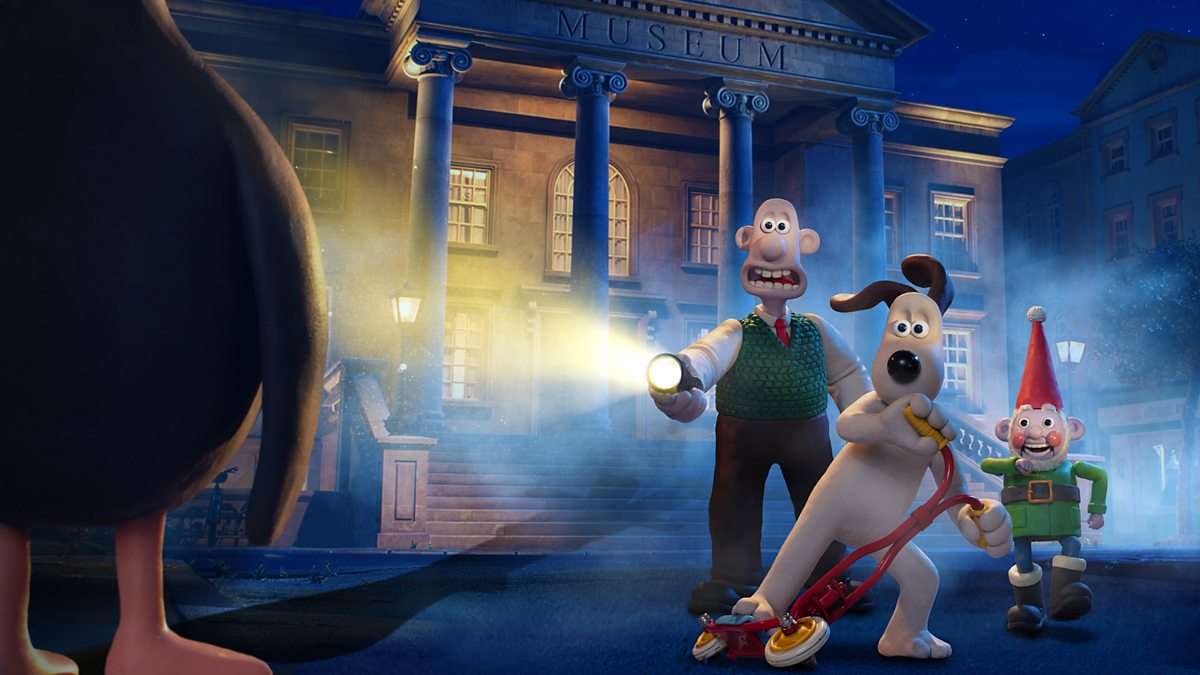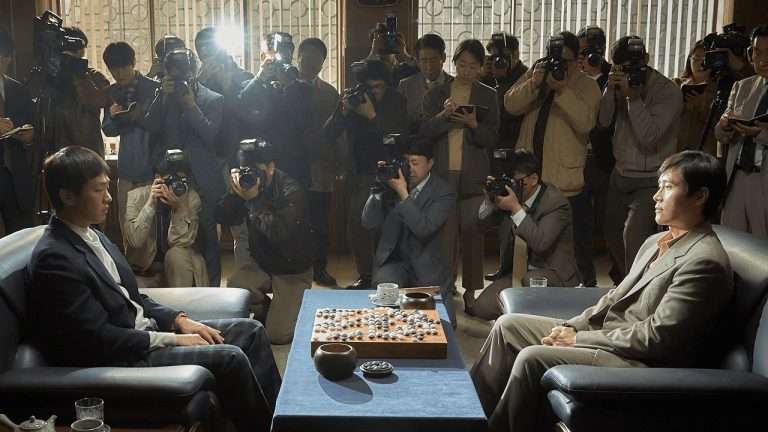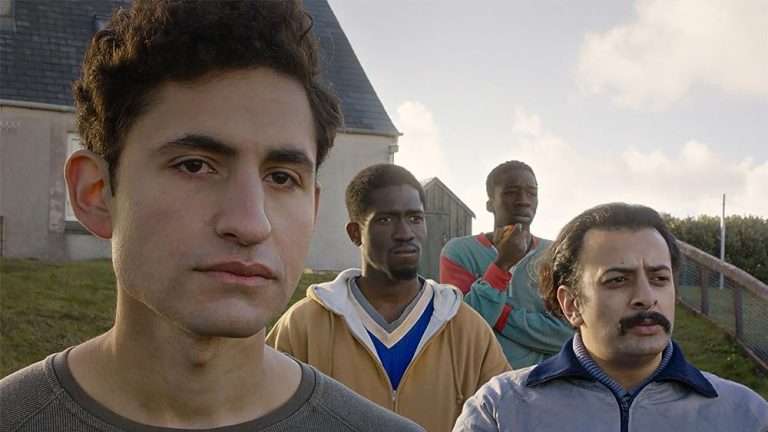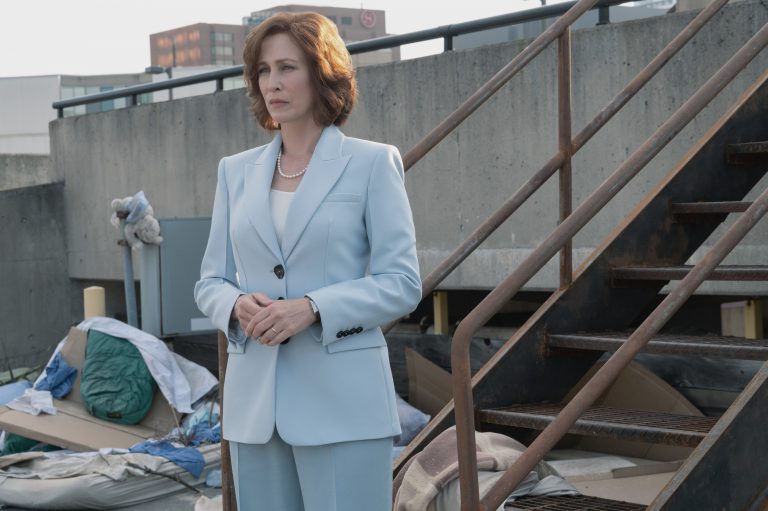Aardman Animation is one of the few animation studios, alongside Pixar and Studio Ghibli, that boasts such a consistent level of quality that it has inspired an active fanbase. Although the labor-intensive process of claymation that Aardman utilizes has resulted in a far shorter filmography when compared to its rivals, each film that the studio has released has a signature hand-crafted charm, novel sense of humor, and willfully irreverent style. It’s somewhat surprising to consider that “Wallace & Gromit: Vengeance Most Fowl” is only the tenth cinematic film in the studio’s filmography, as Aardman’s influence has been rather oversized. Thankfully, the latest adventure featuring the kindly inventor, Wallace, and his loyal beagle, Gromit, encapsulates everything that Aardman has done best.
Although Aardman has yet to suffer a steep decline in acclaim like the creative rut that Dreamworks or Illumination has suffered, it is evident that the studio has been forced to rely on its established hits in recent years. After both “The Pirates! Band of Misfits” and “Early Man” underperformed financially, the studio instead moved forward with the sequels “A Shaun the Sheep Movie: Farmageddon” and “Chicken Run: Dawn of the Nugget.” Neither film was bad, but both felt reliant on viewers’ nostalgia to generate any genuine emotional value.
Thankfully, “Wallace & Gromit: Vengeance Most Fowl” dodges these common sequel issues with an exciting new adventure that deconstructs why the titular duo’s relationship has been such a continuous provider of joy. Although it may technically be a follow-up to “Wallace & Gromit: The Curse of the Were-Rabbit,” the latest film is a continuation of two characters that have been present in Aardman’s short films ever since the studio was created. As evidence of the deep cuts for Aardman fans, “Wallace & Gromit: Vengeance Most Fowl” features the return of the brilliant criminal mastermind Feathers McGraw, who first made his debut in the 1993 short “The Wrong Trousers.”
Although there’s no firm indication as to how much time has passed since their last adventure (as a majority of Aardman’s characters feel deliberately ageless), “Wallace & Gromit: Vengeance Most Fowl” does not take place in a vacuum. There has always been a great deal of charm to the various devices and gadgets that Wallace has used to perform his daily tasks, but an overreliance on technology bears a much different connotation now than it did when the characters were first created. Thankfully, this is an issue that the sequel directly addresses; after Wallace creates a small legion of robotic garden gnomes to help tend his home, the system is hacked by Feathers, who use them to break out of prison.
This is all in service of setting up yet another slapstick adventure in which Wallace and Gromit are forced to work for the benefit of their community, as the foolish local authorities are unable to collect any evidence pointing to Feathers’ schemes. Although the dynamic between them is as delightful as ever, “Wallace & Gromit: Vengeance Most Fowl” does suggest an overarching difference of perspective that divides its two leads; Wallace is curious about the possibilities of technology, whereas Gromit is reticent to trust anything that doesn’t have a conscious.

The maturity with which “Wallace & Gromit: Vengeance Most Fowl” develops this relationship represents an evolution to the ways in which Aardman shapes its stories. Many of the early short films only required a basic dynamic in which Gromit served as the “straight man” to the more affable, eccentric Wallace. This simplicity was perfect for a short-form story that only revolved around one set piece, but a feature film requires a deeper conflict to justify its extended length. Admirably, “Wallace & Gromit: Vengeance Most Fowl” does not paint either character as being in the wrong; the film comes to the conclusion that while technology is a helpful tool, it cannot be trusted to make moral decisions based on the fact that it can easily be taken advantage of by unscrupulous figures like Feathers.
The strength of the central dynamic allows “Wallace & Gromit: Vengeance Most Fowl” to keep the scope of its narrative rather tight, as the film does not dedicate much time to its supporting characters. While Police Constable Albert Mackintosh (Peter Kay) does make a return after his promotion at the end of “Wallace & Gromit: Curse of the Were-Rabbit,” the character is primarily there to put pressure on the two heroes to clear their names and bring Feathers to justice. If there’s any new character that feels like a standout, it is the kind-hearted police inspector PC Mukherjee, voiced by Lauren Patel. As the protege to Mackintosh, Mukherjee provides support to Wallace and Gromit by bringing up their past heroics. The character may have been inserted to bring a more youthful perspective to an aging franchise, but she also serves the role of remembering Aardman’s legacy.
Despite the genuinely emotional moments that result from Wallace and Gromit being forced to admit the value of their friendship, the film is primarily a work of spectacle and boasts some of the more impressive set pieces in Aardman’s history. The iconic train heist from “The Wrong Trousers” is often hailed as the best individual sequence in Aardman’s history, but “Wallace & Gromit: Vengeance Most Fowl” debuts several worthy contenders, including a kinetic chase through aqueducts and canals that would not feel out of place in a “Mission: Impossible” movie.
As always, Aardman’s animators have taken great lengths to ensure that the physics of each stunt makes sense. It would be disingenuous to suggest that the “Wallace & Gromit” films intend to replicate the haphazard chaos of “Looney Toons,” as they feel like a more natural descendant of silent era comics like Buster Keaton and Charlie Chaplin. Nonetheless, “Wallace & Gromit: Vengeance Most Fowl” has a strong narrative thrust when it comes to the active threat that Feathers provides and does not simply feel like a collection of shorts transformed into a feature.
The density of jokes in “Wallace & Gromit: Vengeance Most Fowl” is quite high, and warrants a few subsequent viewings to make note of some of the more latent gags. There is a wide plethora of references to Aardman’s catalog to appease loyal fans, but the film serves broadly as a solid standalone, as may serve as a solid starting place for “Wallace & Gromit” novices. Of course, there is something inherently impressive about the very nature of claymation, a challenging medium that requires years of difficult (and often unrewarding) work to perfect its details. Thankfully, “Wallace & Gromit: Vengeance Most Fowl” is so packed with charm, brilliantly staged, and classically earnest that it appears that all the effort was worth it.




![Black Girl [1966] – A Thoughtful Microcosmic Tale of Neocolonialism](https://79468c92.delivery.rocketcdn.me/wp-content/uploads/2017/11/cover-2-768x432.jpg)




